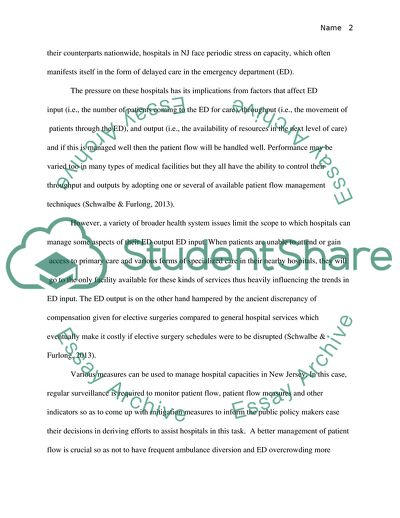DB#6 Essay Example | Topics and Well Written Essays - 500 words. https://studentshare.org/medical-science/1804866-managing-hospital-capacities
DB#6 Essay Example | Topics and Well Written Essays - 500 Words. https://studentshare.org/medical-science/1804866-managing-hospital-capacities.


